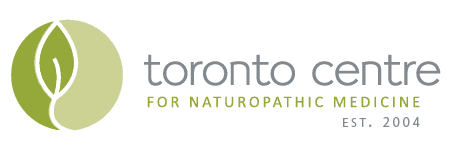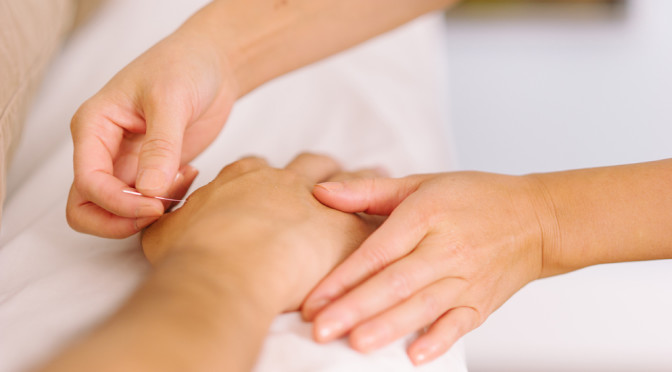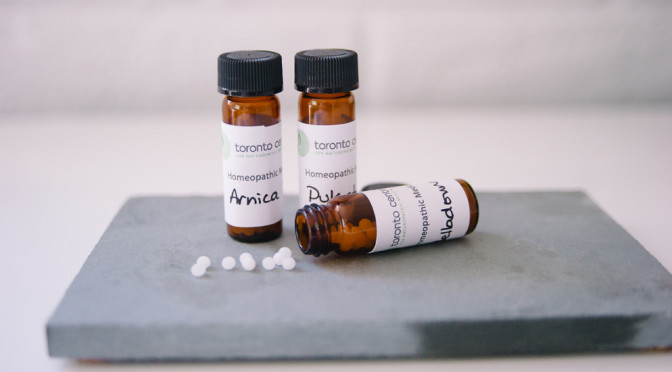Ensuring Safety and Effectiveness
There is an enormous range in quality between natural health products available in the marketplace, and choosing and sourcing natural health products can be a confusing and time-consuming process.
Natural health products available for sale in Canada are regulated by Health Canada for safety, accuracy of health claims and “basic” quality control (i.e., are products accurately labelled, safely stored, etc.), but not “quality” in the sense that matters most to recovery of your health: is the product the most effective, “purest” “version” of that nutrient or botanical (herbal) medicine.
For example:
- Does the multi-vitamin/mineral contain d-alpha tocopherol or d/l-alpha tocopherol? One is significantly more bioavailable (i.e., well absorbed) than the other.
- Is the Echinacea product produced using Echinacea angustifolia or Echinacea purpurea? One is significantly more bioactive (“effective”) than the other.
- Is the medicinal mushroom product produced using a cold-water extraction process? If not, bioavailability will be negligible.
- Is the Tribulus product manufactured using plants grown in Eastern Europe? Tribulus grown elsewhere does not contain the chemicals producing the biochemical effects Tribulus is used for.
- Has the St. John’s Wort product been standardized to contain guaranteed amounts of hypericin and hyperforin? If not, it is not possible to be certain a therapeutic dose is being used (or that the probability of side effects is minimized).
- Is the garlic tablet enterically-coated? If not, the active ingredient will be degraded before it can enter the bloodstream and be delivered throughout the body.
Unsure if this matters?
The Comparative Guide to Nutritional Supplements (3rd edition) evaluated multi-vitamin/mineral quality based on 39 nutrient categories, and generated a score for each out of a possible 100: Douglas Laboratories® UltraPreventative® X earned a score of 95.4, and Jamieson™ Power Vitamins for Men earned a score of 3.5.
A 2013 study conducted at the University of Guelph demonstrated that the products of only two of twelve (17%) botanical (herbal) medicine manufacturers whose products were tested contained the labelled ingredients in the advertised amounts, without contamination or use of unlabelled “fillers”.
Long-term monitoring of dietary supplements indicates that 56% of dietary supplements contain pharmaceutical agents, 72% specifically in the weight loss and body-building sector.
We achieve these “best quality” control measures by hundreds of hours of meetings with various manufacturers and distributers. We have learned:
- Which manufacturers test every batch of their final product for potency and purity
- Which products have been evaluated using clinical trials
- Which botanical (herbal) medicine compounders use higher potency dried plants in product preparation
- Which products are formulated by the most experienced clinicians
To help you guarantee quality and convenience, our in-house dispensary is available to provide you with access to a professionally selected collection of high-quality nutritional supplements and botanical (herbal) medicines.
And once your healthy lifestyle regimen is established, most dispensary items may be ordered through our online dispensary, or we can arrange delivery from the Clinic.






References
MacWilliam L. Comparative guide to nutritional supplements™. 3rd professional ed. Northern Dimensions Publishing; 2003. pp. 111, 117.












